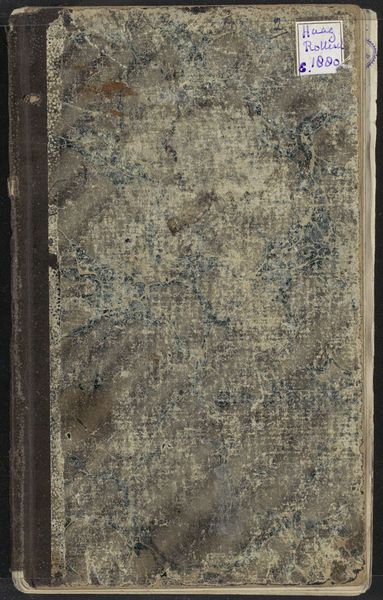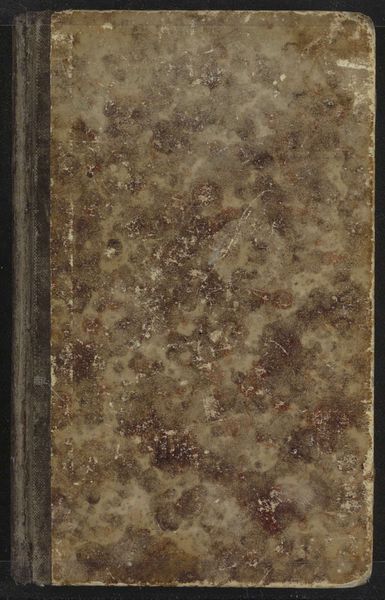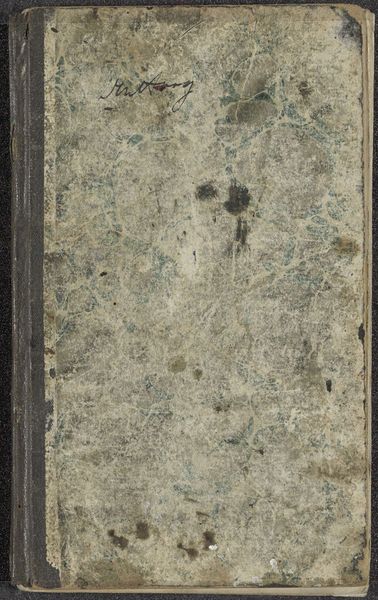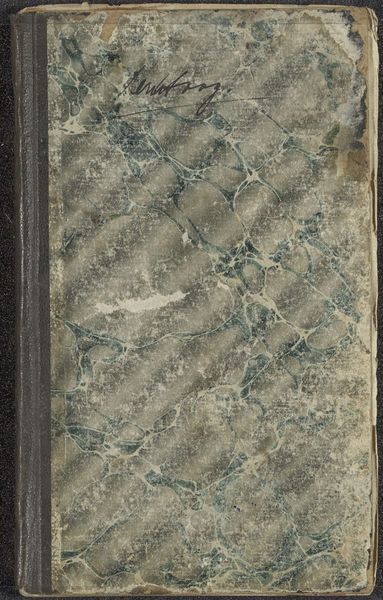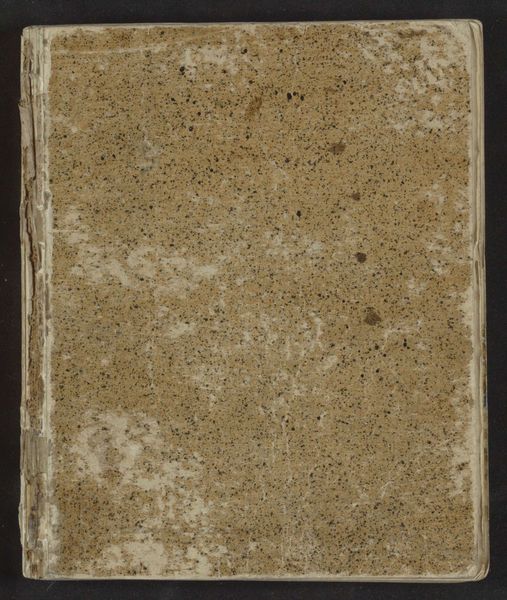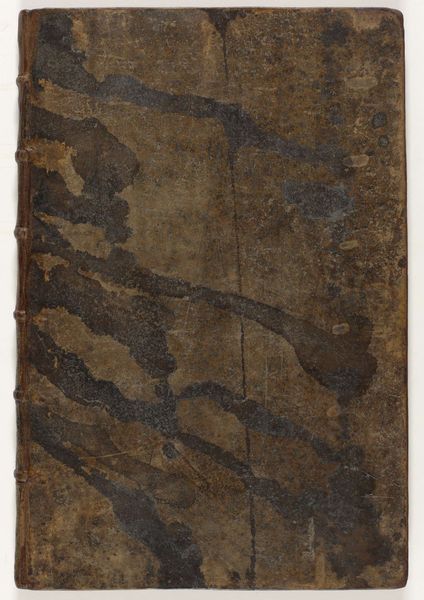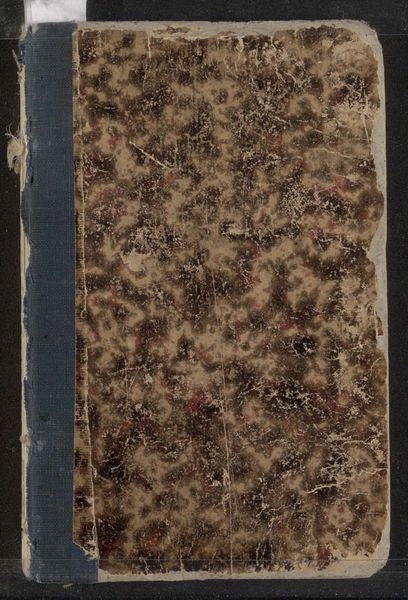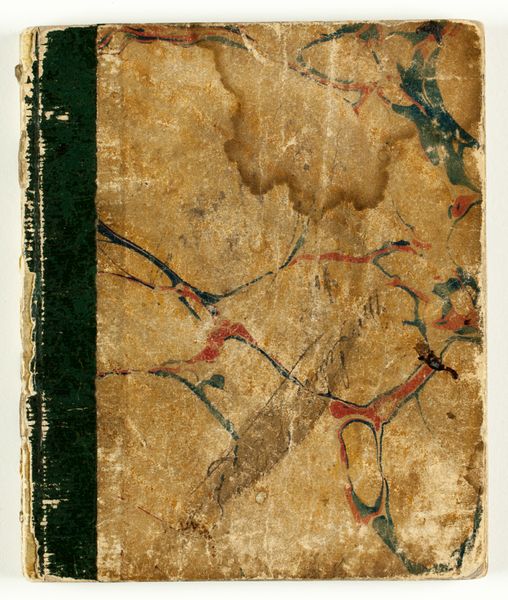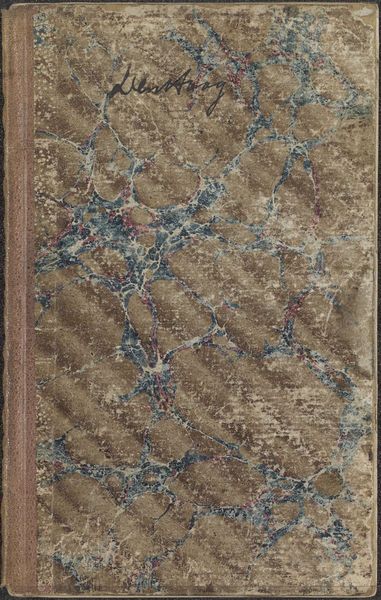
paper
#
paper
Dimensions: height 164 mm, width 104 mm, thickness 12 , width 207
Copyright: Rijks Museum: Open Domain
Editor: So, this is "Sketchbook with 88 Leaves," by Johannes Tavenraat, made after 1854, and currently held at the Rijksmuseum. It's primarily paper, judging from what I know. It strikes me as very intimate, a peek into an artist's mind. What jumps out at you about this sketchbook? Curator: What strikes me immediately is its physical presence and history. We're looking at a material object that's survived for over a century. Its value isn't purely aesthetic, but historical, and it's a physical link to the artist. How was this book used and by whom? Its cover shows wear and tear; who else might have held and viewed this sketchbook over the years? Editor: That's fascinating, the idea of the object carrying all that history! Do you think that influences how we should interpret the sketches inside, knowing its age and potential journey? Curator: Absolutely. Think about it: art historical narratives are often shaped by the choices of those who preserve and exhibit works. By displaying this sketchbook, the museum gives a privileged place in our understanding of 19th-century Dutch art to the drawings inside. We might ask, are we seeing a representative selection, or a curated version? Editor: That makes so much sense. It's almost like the book itself is part of the artwork now, alongside whatever's drawn on the pages inside! I didn’t even think of how preservation could change my understanding of a sketchbook like that. Curator: Precisely. It invites us to consider the museum's role as a shaper of artistic legacy. What does the Rijksmuseum's choice to exhibit it say about the cultural value placed on artists' personal artifacts like sketchbooks? Editor: Wow, this completely changed how I think about art displayed in the museum.
Comments
No comments
Be the first to comment and join the conversation on the ultimate creative platform.

